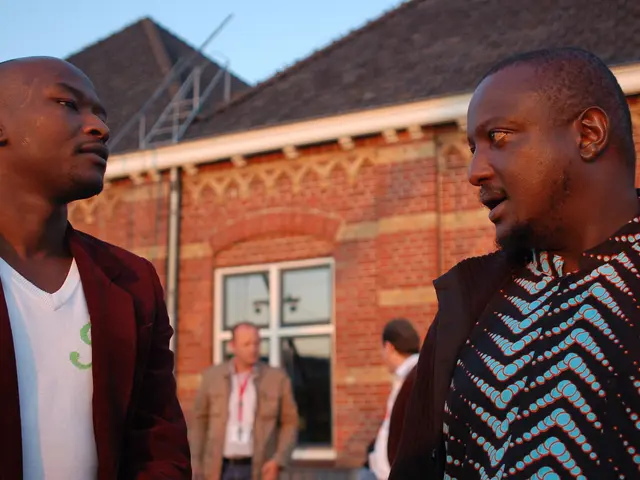Rising Battery Electric Mobility, Struggling Hydrogen: Insights from South Korea's Experiment
In a surprising turn of events, South Korea's ambitious plan to make the nation a global leader in hydrogen transportation appears to be unraveling. This narrative, which has been unfolding almost in real time, is marked by a series of failures in hydrogen transportation fleets across various modes, including transit buses, ferries, and passenger trains.
The story began in 2019 when South Korea announced a program to replace all 802 police buses with hydrogen fuel cell models by 2028. However, a significant moment came in 2025 when the South Korean police decided not to buy more hydrogen buses due to insufficient hydrogen fueling stations. This decision, coupled with the limited hours, rationing, and out-of-service status of many hydrogen fueling stations in the country, has signaled to other South Korean actors that they are free to defect from hydrogen transportation.
The safety record of hydrogen buses has also raised concerns, as evidenced by a December 2024 explosion in Chungju. This incident, along with the mounting failures in hydrogen transportation, has led to a growing consensus that battery electrics are proving to be the practical, scalable solution in the transportation sector.
The evidence suggests that hydrogen in transportation is pulling further behind while battery electrics are surging ahead. This is evident in the rapid scaling of the infrastructure to support battery electric vehicles (BEVs), with costs falling and models becoming available across price ranges. In contrast, more than a quarter of the 167 hydrogen transportation firms identified have gone bankrupt or pivoted away from hydrogen.
By the end of 2025, only 16 hydrogen police buses will be in operation, a stark contrast to the initial plan. Meanwhile, BEV sales in South Korea are surging, with 118,717 sold in the first seven months alone.
The hydrogen transportation failures are not just vehicles but markers in the larger narrative of how societies align around energy futures. The South Korean police buses, therefore, serve as markers in the evolution of understanding about hydrogen transportation. As the story continues to unfold, it remains to be seen how South Korea will navigate this shift and what lessons will be learned for the future of hydrogen transportation.
Read also:
- Accident at Rodalben Results in Injuries; Geoskop Area near Kusel Affected After Stormy Weather
- Exploring the Underlying Emotions and Mental Factors Contributing to Infidelity Among Women
- Interview during summertime with Friedrich Merz, discussing fact-checked claims on sick days and working hours
- Thousands of Homes Stricken by Dampness and Mould, With Authorities Labeling Insulation Program a Systemic Breakdown








